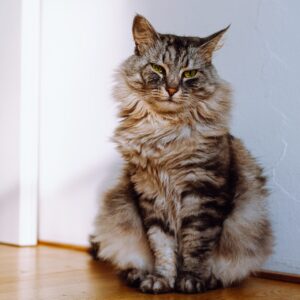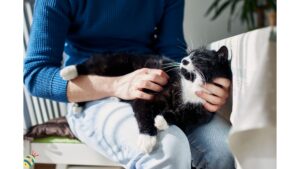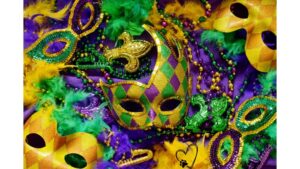In the pantheon of pet animals, few are as shrouded in mystery and superstition as the black cat. Often associated with witchcraft, bad luck, and Halloween, black cats have a storied history that spans cultures and continents. Yet, beyond the myths and legends, black cats are just as endearing and lovable as their more colorfully coated counterparts. In this blog post, we delve deep into the world of black cats, debunking common myths and exploring why these feline beauties deserve admiration and love, rather than fear and superstition.
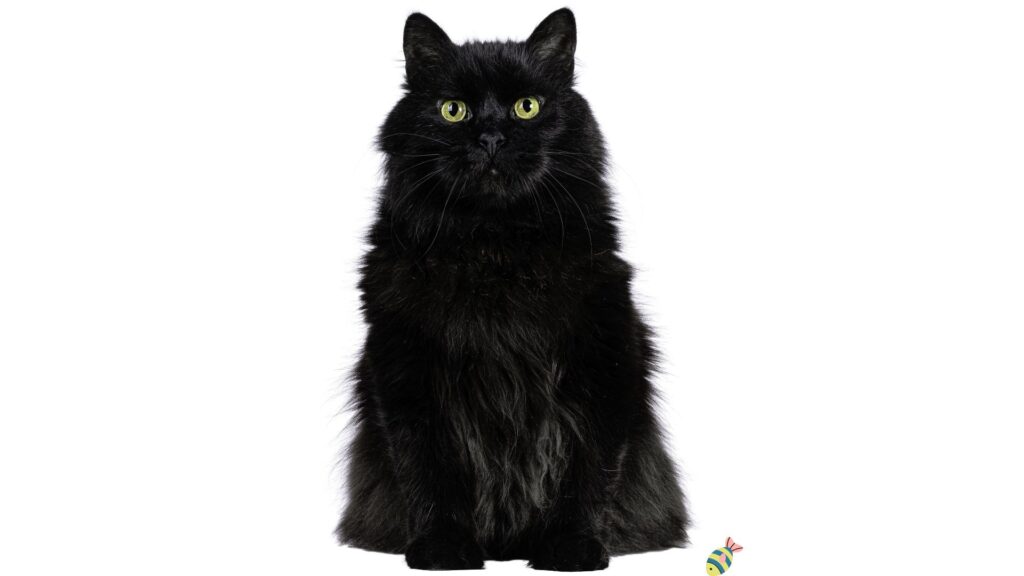
Myth vs. Reality: Debunking Common Black Cat Superstitions
One of the most pervasive myths about black cats is that they bring bad luck, especially if one crosses your path. This superstition varies with geography; in many parts of the world, black cats are actually considered harbingers of good luck. In Japan, for instance, black cats are believed to bring prosperity, and in ancient Egypt, they were so revered that harming one was considered a capital offense.
What’s the reality? Black cats are simply pets with a particular coat color. Like all cats, they offer companionship, affection, and can be a source of comfort and joy to their owners. The color of their fur has no bearing on their ability to bring luck or misfortune.
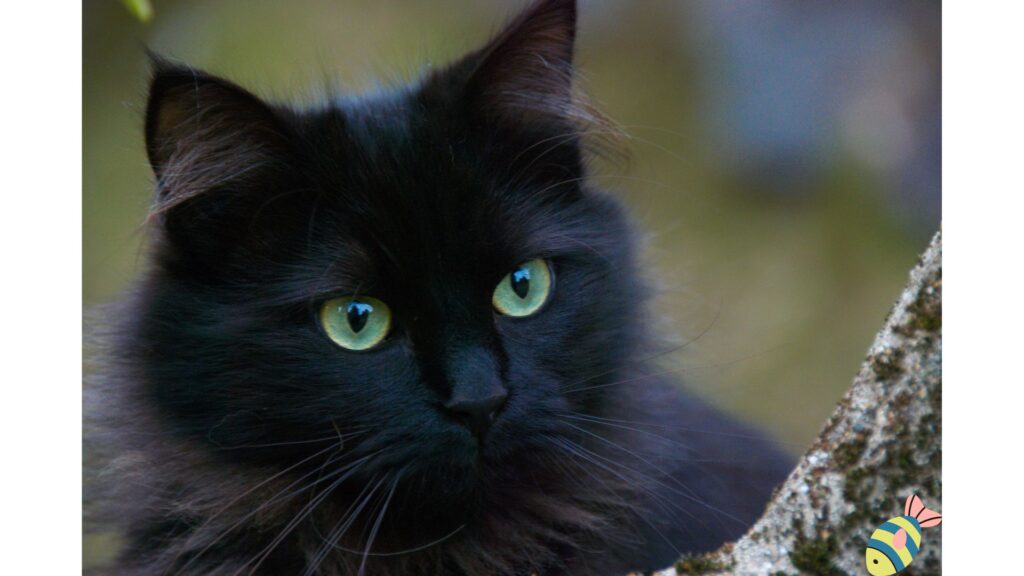
The Health and Genetics of Black Cats
Black cats owe their distinctive coats to a specific genetic configuration. The gene responsible for their coloration is the same gene that offers resistance to certain diseases, such as FIV (Feline Immunodeficiency Virus). In some cases, black cats can be healthier than their lighter counterparts because of this genetic trait.
Moreover, due to a phenomenon known as “melanism,” black cats have a high melanin pigment content, which may enable them to camouflage better in the wild – a possible evolutionary advantage.
Why Black Cats Are Less Likely to Be Adopted
Despite their many positive attributes, black cats tend to have lower adoption rates than lighter-colored felines. This can be attributed in part to their association with superstition and myths about bad luck. Additionally, black cats can be more challenging to photograph, leading them to appear less visible or striking in adoption ads and social media postings.
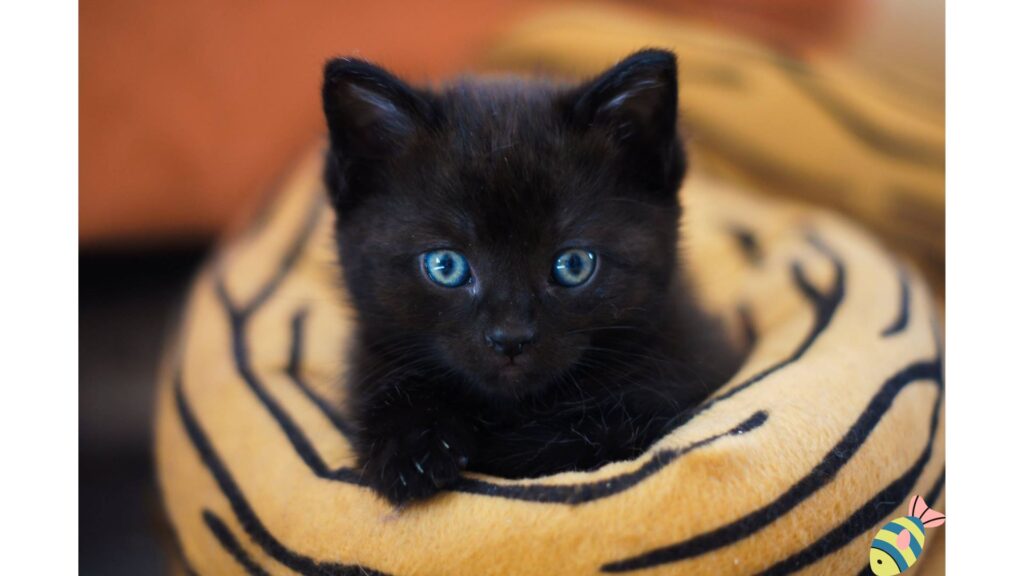
Black Cats in Pop Culture: From Symbols of Fear to Icons of Charm
Pop culture plays a significant role in shaping perceptions about black cats. Historically, literature and films have often portrayed black cats as mysterious or ominous creatures. However, more recent representations show a significant shift with black cats being depicted as charming, mystical, and endearing characters.
How to Care for Your Black Cat
Caring for a black cat is similar to caring for any other cat:
Regular Veterinary Visits: Ensure they receive all necessary check-ups and vaccinations.
Proper Nutrition: Feed them a balanced diet suited to their age, size, and health needs.
Mental and Physical Stimulation: Provide toys and engage in regular play to keep them active.
Grooming: Although black cats have natural grooming behaviors, periodic brushing helps reduce hairballs and maintain coat health.
Adopting a Black Cat: Breaking the Stigma
If you are considering adopting a cat, don’t overlook the black beauties. Black cats offer the same variety of personalities as any other color of cat and can make wonderful companions. By choosing to adopt a black cat, you may also be breaking down superstitions and changing societal myths.
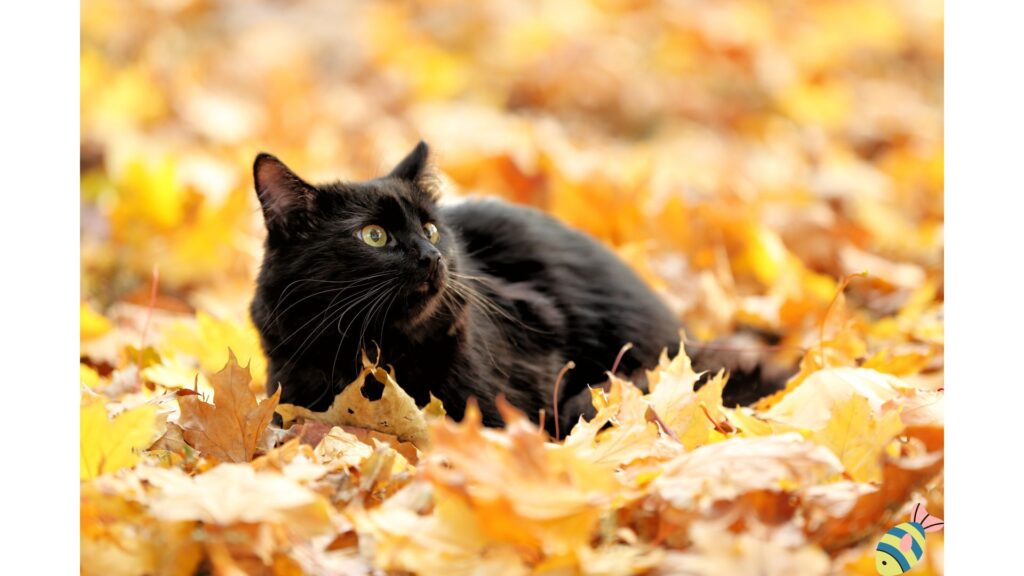
In conclusion, black cats deserve as much love and appreciation as any pet. Let’s celebrate these magnificent creatures for what they truly are: beautiful, affectionate, and deserving of a lifetime of love. The next time a black cat crosses your path, consider it a symbol of the mysterious and wonderful world of animals.


